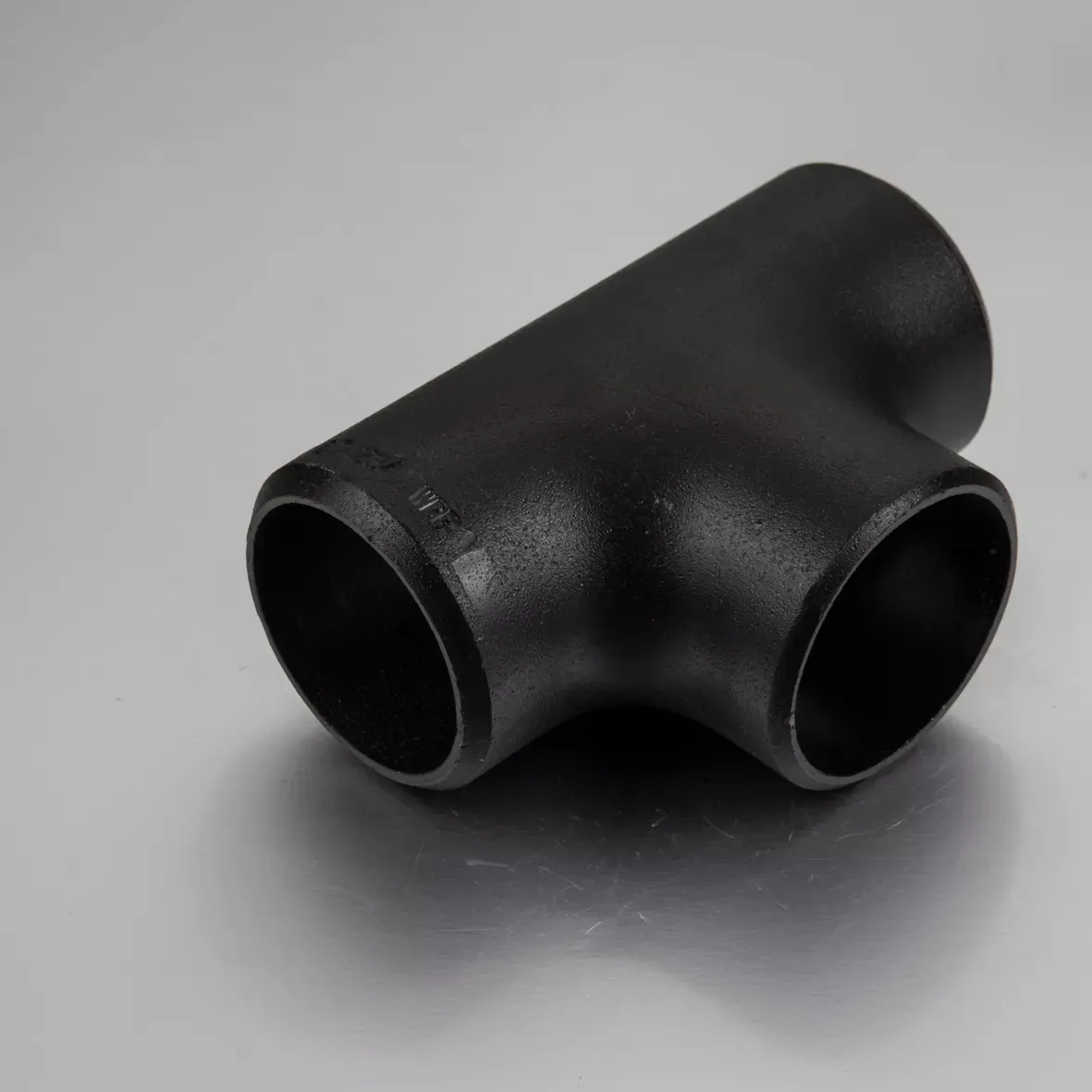-
Cangzhou Yulong Steel Co., Ltd.
-
Phone:
+86 13303177267 -
Email:
admin@ylsteelfittings.com
- English
- Arabic
- Italian
- Spanish
- Portuguese
- German
- kazakh
- Persian
- Greek
- French
- Russian
- Polish
- Thai
- Indonesian
- Vietnamese
- Zulu
- Korean
- Uzbek
- Hindi
- Serbian
- Malay
- Ukrainian
- Gujarati
- Haitian Creole
- hausa
- hawaiian
- Hebrew
- Miao
- Hungarian
- Icelandic
- igbo
- irish
- Japanese
- Javanese
- Kannada
- Khmer
- Rwandese
- Afrikaans
- Albanian
- Amharic
- Armenian
- Azerbaijani
- Basque
- Belarusian
- Bengali
- Bosnian
- Bulgarian
- Catalan
- Cebuano
- China
- China (Taiwan)
- Corsican
- Croatian
- Czech
- Danish
- Esperanto
- Estonian
- Finnish
- Frisian
- Galician
- Georgian
- Kurdish
- Kyrgyz
- Lao
- Latin
- Latvian
- Lithuanian
- Luxembourgish
- Macedonian
- Malgashi
- Malayalam
- Maltese
- Maori
- Marathi
- Mongolian
- Myanmar
- Nepali
- Norwegian
- Norwegian
- Occitan
- Pashto
- Dutch
- Punjabi
- Romanian
- Samoan
- Scottish Gaelic
- Sesotho
- Shona
- Sindhi
- Sinhala
- Slovak
- Slovenian
- Somali
- Sundanese
- Swahili
- Swedish
- Tagalog
- Tajik
- Tamil
- Tatar
- Telugu
- Turkish
- Turkmen
- Urdu
- Uighur
- Welsh
- Bantu
- Yiddish
- Yoruba

Dec . 05, 2024 17:17 Back to list
14-inch 90-degree elbow fitting for efficient piping and plumbing solutions
Understanding the 14-inch 90-Degree Elbow A Critical Component in Piping Systems
In the world of piping systems, precision and reliability are essential for efficient operation. Among the various components that facilitate fluid transport, the 14-inch 90-degree elbow plays a vital role. This article delves into the significance, design, applications, and selection criteria of the 14-inch 90-degree elbow.
What is a 14-Inch 90-Degree Elbow?
A 14-inch 90-degree elbow is a type of fitting used to change the direction of fluid flow in a piping system by 90 degrees. The 14-inch designation refers to the nominal diameter of the pipe to which the elbow is connected. Elbows are crucial in managing space constraints and ensuring optimal flow rates within the system. The curvature of the elbow minimizes turbulence and pressure loss, which is critical for maintaining efficiency.
Design and Material Considerations
The design of a 14-inch 90-degree elbow must account for various factors, including the type of fluid being transported, temperature, pressure, and the overall system configuration. These elbows can be fabricated from a variety of materials, including stainless steel, carbon steel, PVC, and other alloys. Each material offers distinct advantages
1. Stainless Steel Known for its corrosion resistance and durability, stainless steel elbows are ideal for harsh environments or where hygiene is a concern, such as in food processing or pharmaceutical applications.
2. Carbon Steel This material offers strength and is often used in high-pressure applications. However, it may require additional protection against corrosion depending on the fluid being transported.
3. PVC Lightweight and resistant to many chemicals, PVC elbows are commonly used in residential plumbing and drainage systems.
The choice of material largely depends on the intended application, environment, and cost considerations.
Applications of 90-Degree Elbows
The versatility of 14-inch 90-degree elbows makes them suitable for a wide range of applications, including
14 inch 90 degree elbow

- Industrial Piping Used in chemical processing plants, power generation facilities, and manufacturing plants, these elbows help direct the flow of liquids and gases efficiently. - HVAC Systems In heating, ventilation, and air conditioning systems, these elbows redirect airflow, contributing to the system's performance іn maintaining indoor climates.
- Water Distribution Municipal water supply systems utilize these elbows to navigate around obstacles, ensuring the effective distribution of water resources.
Selecting the Right 90-Degree Elbow
Choosing the appropriate 14-inch 90-degree elbow involves several key considerations
1. Pressure Rating Ensure that the elbow can handle the maximum pressure of the system. This is critical to prevent failures, leaks, or unsafe conditions.
2. Temperature Range The selected elbow must withstand the operational temperatures without compromising its structure or functionality.
3. Fluid Compatibility Consider the chemical properties of the fluid being transported to avoid potential reactions with the elbow material.
4. End Connections Different piping systems may require specific connection types (e.g., welded, threaded, or flanged), which should align with the design of the elbow.
5. Weight and Size Evaluate the weight and how it affects the overall structure and support requirements of the piping system.
Conclusion
The 14-inch 90-degree elbow is more than just a simple connector in piping systems; it is a critical component that ensures fluid flows smoothly in the desired direction. Understanding its design, applications, and selection criteria is essential for engineers, designers, and contractors involved in piping system projects. As industries continue to evolve and standardize on various piping materials and configurations, the significance of reliable components like the 14-inch 90-degree elbow cannot be overstated. As technology advances, innovations in materials and designs may further enhance the performance and durability of these essential fittings, proving that even the smallest components can have a significant impact on the efficiency of complex systems.
Latest news
-
ANSI 150P SS304 SO FLANGE
NewsFeb.14,2025
-
ASTM A333GR6 STEEL PIPE
NewsJan.20,2025
-
ANSI B16.5 WELDING NECK FLANGE
NewsJan.15,2026
-
ANSI B16.5 SLIP-ON FLANGE
NewsApr.19,2024
-
SABS 1123 FLANGE
NewsJan.15,2025
-
DIN86044 PLATE FLANGE
NewsApr.19,2024
-
DIN2527 BLIND FLANGE
NewsApr.12,2024
-
JIS B2311 Butt-Welding Fittings LR/SR 45°/90° /180°Seamless/Weld
NewsApr.23,2024











